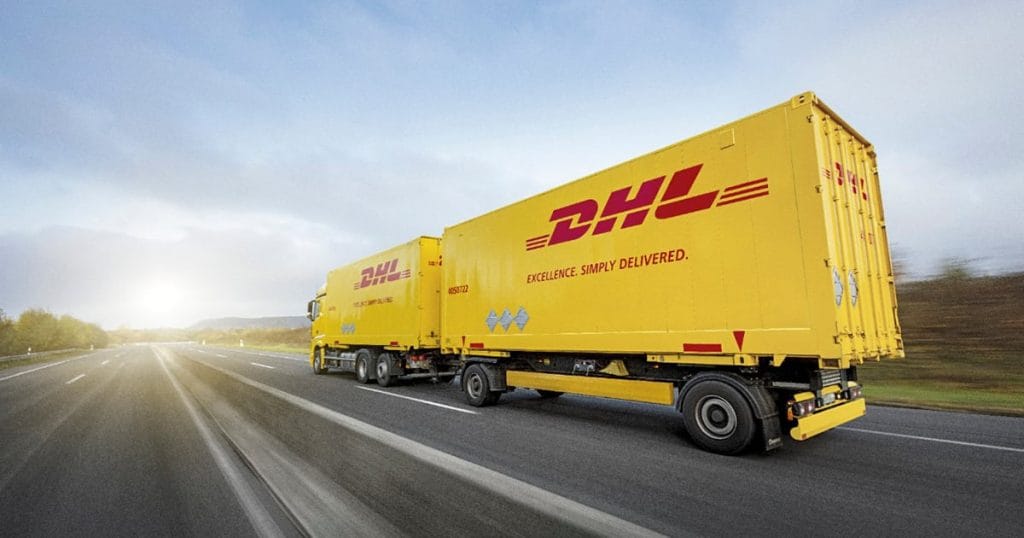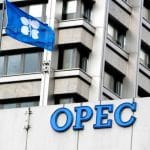DHL Group commits $1.1B Investment in India to Expand Low Emission Logistics

• DHL to deploy around EUR 1 billion ($1.16 billion) by 2030 to scale low-emission logistics infrastructure and EV-driven operations in India.
• Investment accelerates India’s role as a global sustainability and technology hub across clean mobility, healthcare logistics, and digital services.
• Program advances DHL’s Strategy 2030 climate targets, including fleet electrification and decarbonised facilities aligned with its net-zero 2050 plan.
A sustained logistics push as global trade shifts
DHL Group is preparing one of its most expansive country investments in the decade ahead, allocating around EUR 1 billion to India by 2030 as it builds low-emission logistics infrastructure, accelerates digital platforms, and strengthens its position in sectors tied to the global clean-energy transition.
The program rolls out at a moment when global trade patterns are reshaping under geopolitical pressure, supply chain rerouting, and competition for manufacturing relocation. DHL’s leadership says India’s diversification push, policy orientation, and rising demand for sustainable logistics create conditions for long-term capital allocation rather than short-term tactical moves.
Low-emission hubs and next-generation facilities
The investment channels directly into infrastructure designed to reduce lifecycle emissions. Blue Dart, the Group’s Indian subsidiary, will expand two major low-emission operating hubs: a new integrated ground hub in Haryana and what it describes as India’s largest low-emission integrated facility in Bijwasan.
Several assets link directly to clean mobility and circular energy value chains. DHL Supply Chain will build its first dedicated Health Logistics hub in Bhiwandi to support temperature-controlled pharmaceuticals and medical supplies. DHL Express will open its first automatic sorting center in Delhi to improve productivity and energy efficiency.
A significant share of the programme focuses on electrification. DHL will establish Electric Vehicle and Battery Logistics Centers of Excellence in Chennai and Mumbai, anchoring services for EV manufacturers and battery producers. These centers are expected to support India’s fast-growing clean transport sector, where OEMs and suppliers are seeking certified storage, handling, and cross-border movement of high-value battery systems.
Digital capacity as a sustainability enabler
India’s role inside DHL’s technology ecosystem is also expanding. More than 1,300 logistics and digital specialists already support the Group’s global operations from India. A fifth DHL IT Services Center in Indore will add software, analytics, and automation capacity, while a training academy will focus on AI and process-optimisation skills.
DHL’s broader decarbonisation strategy leans heavily on digitalisation to reduce fuel use, route distances, downtime, and the cost of compliance with tightening sustainability reporting frameworks. Many of the new digital systems developed in India will be deployed across DHL’s global network to support emissions tracking and energy reduction targets.
India’s widening trade footprint
DHL’s Global Connectedness Tracker projects that the average distance of India’s goods trade will rise to 6,190 kilometres in 2025, reflecting broader geographic diversification across Asia, the Gulf, Europe, Africa, and the Americas. As supply chains stretch, the carbon intensity of long-haul freight increases. That reality places greater pressure on logistics operators to deliver lower-emission transport and warehouse models without slowing trade flows.
DHL argues that new hubs, automation, and electric fleets will help absorb this expansion while containing emissions growth. The Group’s presence across 220 countries and territories means India’s logistics upgrades feed directly into shifting global supply patterns rather than operating as isolated domestic investments.
RELATED ARTICLE: Deutsche Post DHL Group Introduces Sustainability-Linked Finance Framework
Climate targets shaping capital allocation
The EUR 1 billion programme is calibrated to DHL’s Strategy 2030 commitments, which include reducing absolute CO2 emissions to 29 million metric tons by the end of the decade and reaching net-zero by 2050.
In India, the plan includes fleet electrification, renewable-powered buildings, and expansion of the GoGreen Plus programme, which offers customers lower-emission shipping through sustainable aviation fuel, cleaner road transport, and verified carbon-reduction pathways.
What investors, boards, and sustainability leaders should watch
For corporate sustainability teams, the India expansion matter goes beyond national market growth. It illustrates how global logistics firms are recasting their asset bases in regions where demand growth intersects with regulatory momentum and emerging technology clusters.
For investors, the scale of DHL’s commitment in India will serve as a reference point for how multinational logistics companies allocate climate-aligned capital at a time when freight emissions are drawing increased scrutiny from regulators, lenders, and major cargo owners.
India’s rising role as a technology hub for DHL further strengthens the narrative that low-emission logistics will be built as much on software and data as on concrete, vehicles, and cross-docks.
A broader global relevance
As economies prepare for COP30 and intensifying pressure on hard-to-abate sectors, large-scale logistics investments like DHL’s show how global operators are positioning for decarbonisation while managing trade growth. India’s integration into DHL’s climate and technology strategy indicates how emerging markets are shaping the next decade of sustainable supply chains rather than following the direction set elsewhere.
Follow ESG News on LinkedIn











